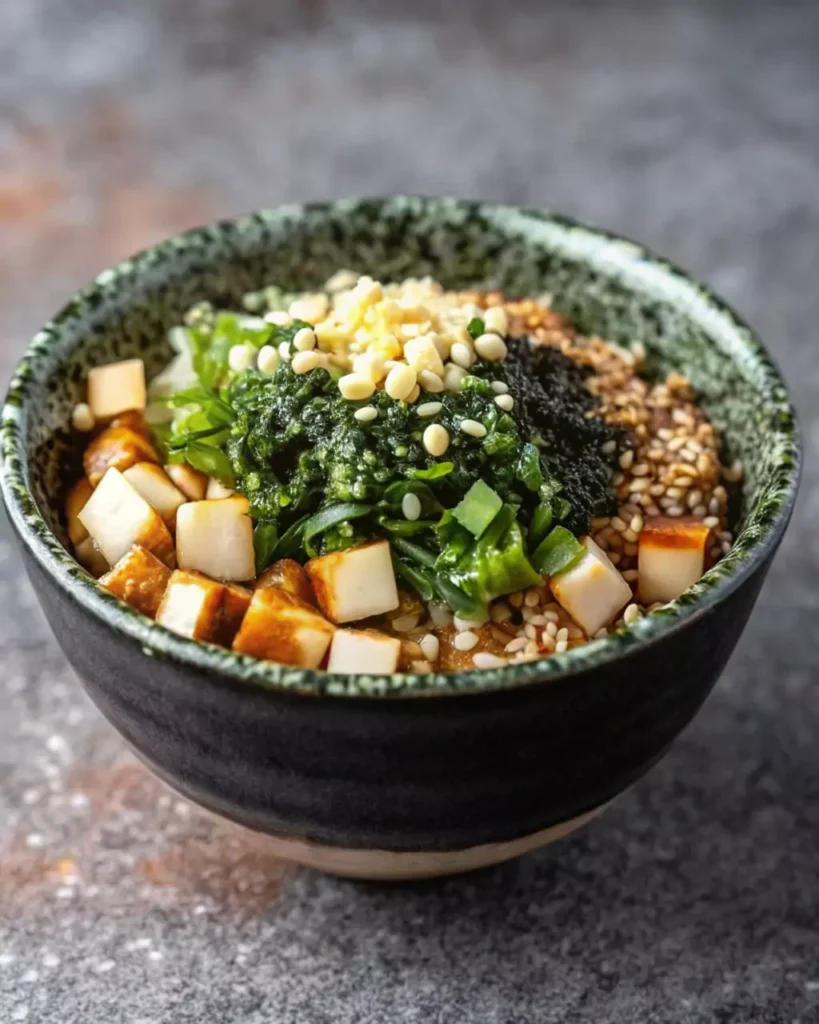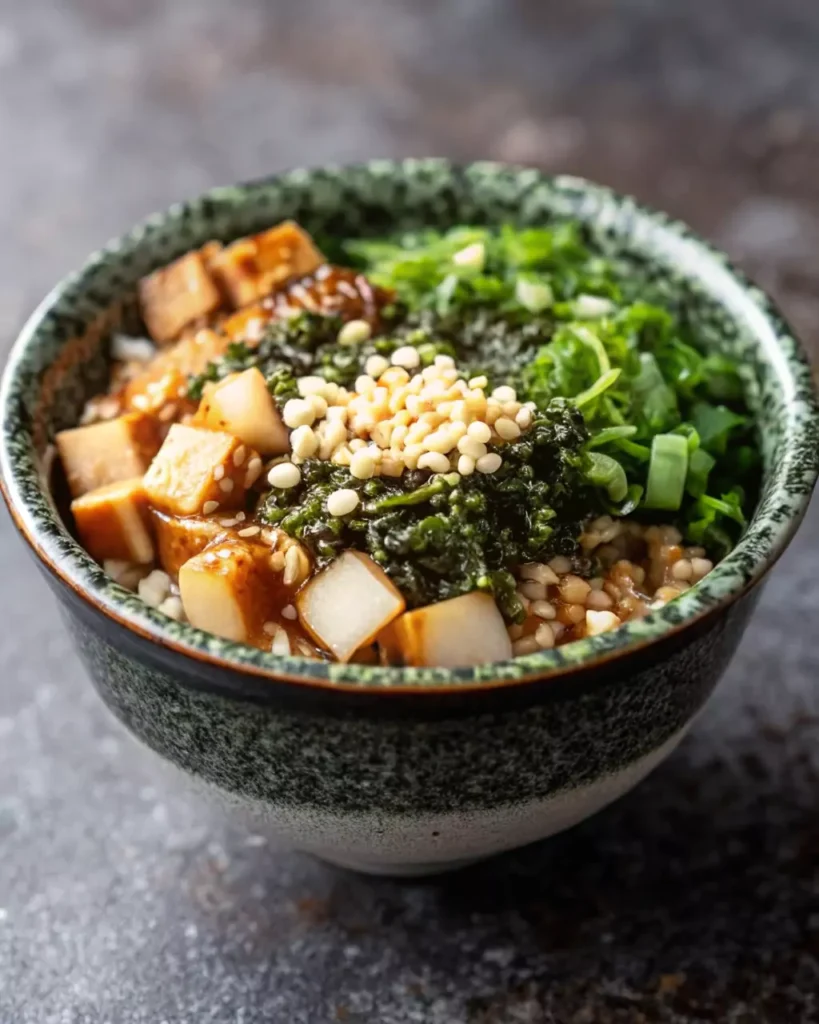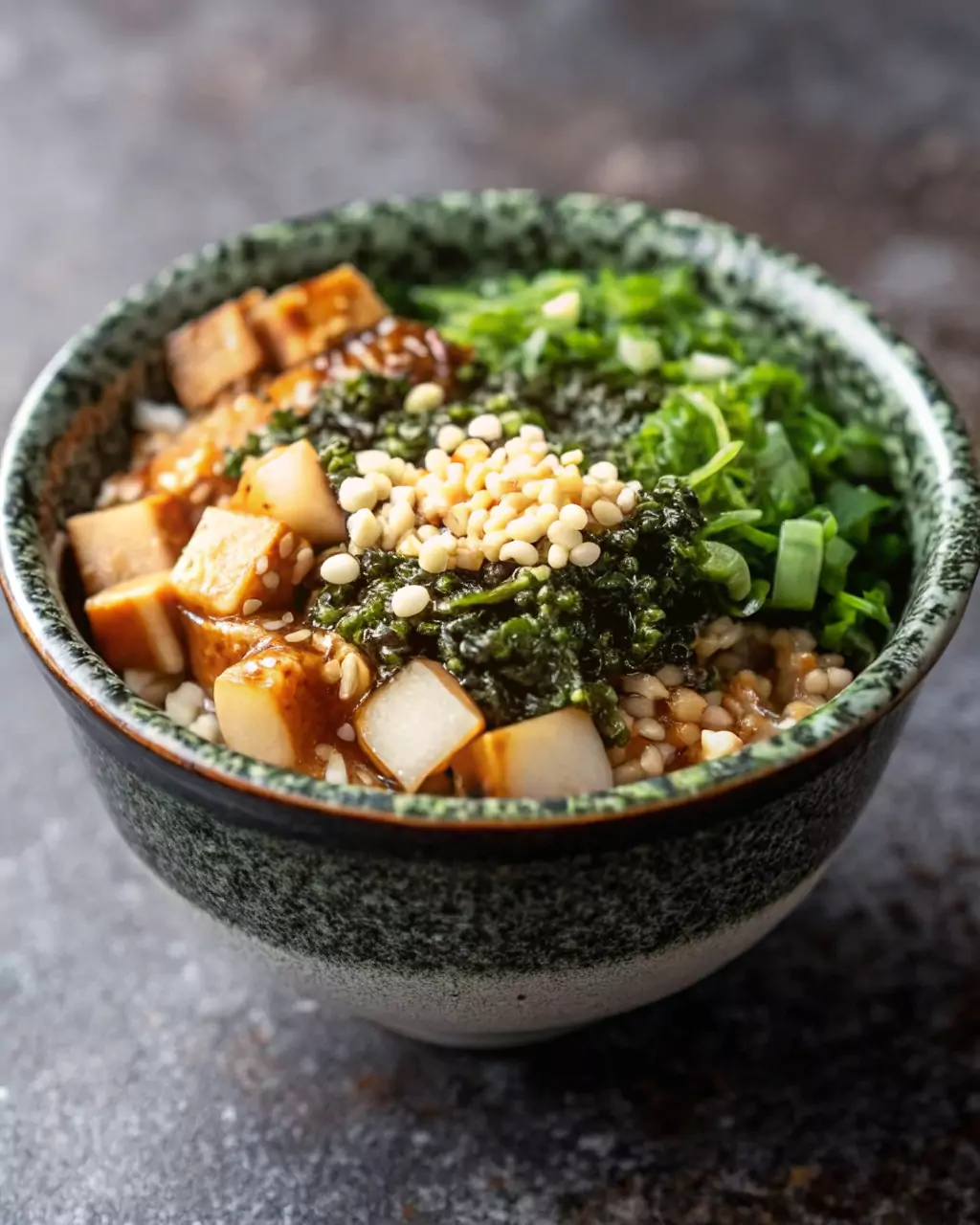If you’re on a journey to boost your wellness naturally, the Japanese Mounjaro recipe stands out as a remarkable option. Steeped in the wisdom of traditional Japanese cooking, this dish brings together nutrient-rich ingredients in a way that promotes digestion, enhances energy, and supports metabolic balance. In this guide, we’ll dive into its origins, key components, step-by-step preparation, and the reasons it remains relevant today. By the end, you’ll be ready to make this cultural gem a staple in your healthy lifestyle.
Quick Takeaway
- Embrace Ancient Nutrition: Learn how the Japanese Mounjaro recipe incorporates wholesome, time-honored ingredients that support longevity and digestive health.
- Easy to Prepare: Follow a simple method using whole grains, seaweed, fermented vegetables, and clean proteins to craft a nourishing, balanced meal.
- Support Natural Wellness: Incorporating Japanese Mounjaro dishes into your routine can help promote steady energy levels, healthy weight, and overall well-being.
Part 1: Introduction to the Japanese Mounjaro Recipe
Tracing the Roots of the Japanese Mounjaro Recipe
The Japanese Mounjaro recipe has its roots in centuries-old food traditions focused on healing through nature. Ancient Japanese communities crafted meals with locally sourced ingredients like seaweed, fermented vegetables, and fresh seafood—each chosen for its health-promoting properties. Recipes such as the Homemade Mounjaro Recipe embodied their belief in balance, simplicity, and nourishment.
Every ingredient served a purpose: fiber-packed grains supported gut health, while probiotics from fermented foods helped boost the immune system. These meals weren’t just food—they were functional. The Mounjaro philosophy, centered on natural, seasonal ingredients, is still embraced today for its timeless health benefits.
Why the Japanese Mounjaro Recipe Is Becoming a Modern Favorite
In today’s health-conscious world, more people are moving away from overly processed meals—and discovering the value of the Japanese Mounjaro recipe. Its focus on real, whole foods resonates with those seeking natural ways to stay healthy. Take the Natural Mounjaro Drink, for example: it’s a symbol of how traditional recipes can meet modern wellness goals without relying on synthetic ingredients.
By turning back to this nourishing way of eating, many are achieving better energy, digestion, and overall balance.
Part 2: Core Ingredients in a Japanese Mounjaro Recipe
Key Ingredients That Define Authentic Japanese Mounjaro Flavor
The heart of a truly authentic Japanese Mounjaro recipe lies in a select group of ingredients that deliver both rich flavor and targeted health benefits. Seaweed like wakame provides essential minerals—especially iodine—to support healthy thyroid function. Fermented staples, such as miso paste and pickled vegetables, introduce natural probiotics that enhance gut health and digestion.
This careful ingredient pairing echoes the philosophy behind easy homemade Mounjaro dishes, where every component plays a role in promoting balance and wellness. The base typically includes brown rice or millet—complex carbs that offer steady energy. To round out the meal, clean proteins like tofu or grilled fish are added, ensuring the dish is light yet satisfying.
Health Benefits Behind Every Japanese Mounjaro Ingredient
Each ingredient in the Japanese Mounjaro recipe is intentionally selected to serve the body. Seaweed provides iodine, crucial for metabolic function. Fiber-rich grains like brown rice help regulate digestion and promote fullness. Traditional additions like green tea, also featured in beverages such as the Iced Matcha Latte, deliver antioxidants that support cellular health.
Together, these components form a dish that’s not only flavorful but designed to nourish the body from the inside out—naturally and effectively.
Part 3: How to Make the Best Japanese Mounjaro Recipe at Home
Traditional Step-by-Step Preparation
Preparing an authentic Japanese Mounjaro recipe at home starts with selecting the freshest, most natural ingredients available. Begin by soaking your seaweed until tender, and cook brown rice or millet until fluffy. Next, grill tofu or white fish—lightly seasoned with miso for depth of flavor.
To assemble the dish, layer the grains as a base, followed by your protein of choice, fermented vegetables like pickled daikon or cabbage, and finally, the rehydrated seaweed on top. This simple layering approach creates a complete, balanced meal.
Even easy variations—such as the Natural Mounjaro Recipe—prove that minimal effort can result in powerful, health-boosting meals. By keeping the method simple and ingredients whole, you preserve both flavor and nutrients.
Tips for Preserving Authentic Taste
To capture the true taste of a Japanese Mounjaro recipe, avoid modern shortcuts. Stick to unprocessed, traditional ingredients whenever possible. For example, skip artificial seasoning packets and instead, ferment your own vegetables at home. This traditional practice, often used in Mounjaro-style diets, enhances both flavor and gut-friendly benefits.
Staying true to these authentic methods ensures your dish delivers the same wellness-promoting effects that have made Mounjaro meals popular for generations.

Part 4: Health Benefits of Japanese Mounjaro Recipes
How the Japanese Mounjaro Recipe Boosts Digestion and Metabolism
The Japanese Mounjaro recipe naturally enhances metabolism and digestion thanks to its thoughtfully selected ingredients. Seaweed provides a rich source of iodine, supporting healthy thyroid function, while fiber-packed brown rice promotes regularity and gut balance. Fermented vegetables introduce live cultures that strengthen the digestive system from within.
Complementary drinks—like the refreshing natural Mounjaro beverage—further support nutrient absorption and hydration, making each meal a well-rounded experience. Together, these components lay the groundwork for long-term digestive health without synthetic supplements.
The Natural Approach to Weight Management
Incorporating the Japanese Mounjaro recipe into your routine is a simple way to manage weight naturally. Whole grains deliver fiber for fullness, lean proteins from tofu or fish provide nourishment without heaviness, and fermented foods help regulate appetite and cravings.
Modern versions, inspired by some of the best Mounjaro recipes for balance, show how this ancient practice can seamlessly support today’s wellness goals. Rather than focusing on restriction, the Mounjaro approach encourages mindful eating with real, satisfying foods that help maintain energy and overall vitality.
Part 5: Variations of Japanese Mounjaro Recipes You Should Try
Regional Flavor Twists and Creative Adaptations
One of the beauties of the Japanese Mounjaro recipe is how easily it can be adapted across regions and cultures. In cooler areas of Japan, you’ll often find hearty additions like burdock root and sweet potatoes that provide warmth and fiber. Along the coasts, seafood-forward versions include grilled mackerel or sardines, boosting omega-3s without straying from traditional roots.
Global takes—such as the Brazilian Mounjaro Recipe with Apple Cider Vinegar—show how this style of eating can absorb new flavors while staying committed to natural, whole ingredients. These international twists keep the essence of Mounjaro intact while making the dish exciting for diverse palates.
Quick, Healthy Mounjaro Meals for Busy Schedules
For today’s fast-paced routines, the Japanese Mounjaro recipe can be easily streamlined. Many modern cooks use pre-cooked brown rice, ready-to-eat seaweed, or store-bought fermented veggies to cut prep time while keeping the recipe’s integrity.
Adding functional beverages—based on Natural Mounjaro ingredients—turns mealtime into a full-body wellness ritual, even when time is short. These simple updates make it easy for anyone to enjoy traditional health benefits without complicated cooking.
Part 6: Frequent Errors to Watch Out for When Making Japanese Mounjaro.
Ingredient Substitutions That Undermine Authenticity
A key to preserving the power of the Japanese Mounjaro recipe is staying loyal to its traditional ingredients. Swapping brown rice for instant noodles or using canned pickles instead of real fermented vegetables can diminish both flavor and nutrition. Authentic Mounjaro meals rely on ingredients that have been valued in Japanese kitchens for generations.
Following approaches similar to those in the Homemade Mounjaro Recipe ensures every element contributes to a wholesome, healing dish. Convenience-based shortcuts often weaken the core wellness benefits.
Cooking Errors That Strip Away Nutrients
Overcooking your vegetables or proteins is another common error when preparing a Japanese Mounjaro recipe. Steaming, light grilling, and fermentation are the traditional methods that help preserve natural nutrients and delicate flavors.
If you’re exploring recipes inspired by Mounjaro Recipes Made for Health, you’ll see how proper techniques keep the dish vibrant and medicinal. Respecting the original methods not only enhances the taste—it honors the centuries-old wisdom behind the Mounjaro lifestyle.

FAQs About Japanese Mounjaro Recipe
What is a Japanese Mounjaro recipe?
A Japanese Mounjaro recipe is a wellness-focused dish made with nutrient-dense ingredients like seaweed, fermented vegetables, whole grains, and clean proteins such as tofu or fish. Rooted in traditional Japanese practices, it’s designed to support digestion, metabolism, and long-term vitality.
What ingredients are common in traditional Japanese Mounjaro recipes?
The staples of a Japanese Mounjaro recipe include seaweed (like wakame or nori), fermented foods such as miso and tsukemono (pickled vegetables), brown rice or millet, and proteins like tofu or lightly grilled fish. These ingredients are chosen for their ability to nourish and balance the body naturally.
Can the Japanese Mounjaro recipe support weight loss?
Absolutely. The Japanese Mounjaro recipe promotes natural weight balance by combining fiber-rich grains, plant-based proteins, and probiotic foods that aid in digestion and satiety. This makes it easier to manage weight without strict dieting.
How often should I eat Japanese Mounjaro-style meals?
Eating a Japanese Mounjaro-style dish two to four times per week can provide consistent support for digestion, energy, and overall well-being. Many find that integrating it into weekly meal prep encourages long-term healthy habits.
Part 8: How to Serve and Store Japanese Mounjaro Recipes the Right Way
How to Serve for Peak Flavor and Freshness
The best way to serve a Japanese Mounjaro recipe is fresh, right after preparation. Warm grains, freshly grilled protein, and crisp fermented vegetables create a perfect harmony of texture and nutrition. Pair with green tea or light broth for improved digestion and a traditional touch.
Meals inspired by natural Mounjaro dishes benefit from quick assembly and immediate enjoyment, preserving both flavor and wellness benefits.
Smart Storage Tips for Mounjaro Leftovers
To keep leftovers fresh and nutritious, store grains, proteins, and fermented vegetables separately in airtight containers. This prevents texture loss and flavor blending. Consume within two days, and gently reheat grains with a splash of water.
Add fermented veggies just before serving to retain their probiotic properties. Following practices from the best Mounjaro-inspired recipes ensures that even your leftovers remain authentic and nourishing.
Conclusion
The Japanese Mounjaro recipe is more than a meal—it’s a return to the wisdom of traditional eating. With each serving of seaweed, whole grains, fermented foods, and clean proteins, you embrace a legacy of balance, vitality, and natural health.
As modern diets shift toward simplicity and clean ingredients, the Mounjaro approach becomes increasingly relevant. It’s a delicious, easy-to-integrate way to boost digestion, support metabolism, and enhance your energy naturally.
Follow GastronomyRecipes on Pinterest and Facebook to explore new ideas and classic recipes that make healthy eating both satisfying and sustainable.

